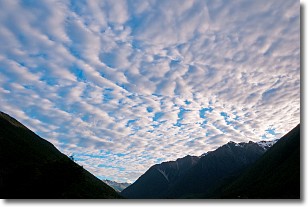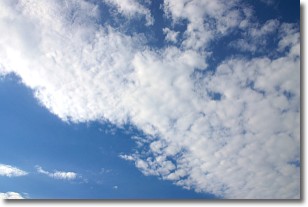Weather Alert in New York
Coastal Flood Advisory issued May 21 at 4:36PM EDT until May 22 at 11:00PM EDT by NWS Upton NY
AREAS AFFECTED: Northeast Suffolk; Southwest Suffolk; Southeast Suffolk; Southern Nassau
DESCRIPTION: * WHAT...Up to 1 1/2 half foot of inundation above ground level expected in vulnerable areas near the waterfront and shoreline. Up to 1/2 ft of inundation above ground level possible for vulnerable areas near the waterfront and shoreline of southern Nassau with the early Thursday morning high tide. * WHERE...Northeast Suffolk, Southwest Suffolk, Southeast Suffolk and Southern Nassau Counties. * WHEN...From 2 PM to 11 PM EDT Thursday. * COASTAL FLOOD IMPACTS...Minor flooding in the most vulnerable locations near the waterfront and shoreline. Expect up to 1 1/2 feet of inundation above ground level in low lying, vulnerable areas. Some roads and low lying property including parking lots, parks, lawns and homes/businesses with basements near the waterfront will experience shallow flooding. * SHORELINE IMPACTS...Along the north shore of the south fork of Long Island, breaking waves of 1 to 3 ft may cause dune erosion and localized washovers, as well as enhance splashover and flooding onto shoreline roads and properties. Along the ocean front and Orient Point, breaking waves of 4 to 6 ft on an east to west sweep will result in beach erosion and beach flooding during the times of high tide. Localized dune erosion is possible. * ADDITIONAL DETAILS...Highest confidence in widespread minor coastal flooding is along the Great South bayfront of Nassau County, and along the north shore of the south fork of Long Island, Orient Point and tidally affected portions of the Peconic River. Coastal flooding is likely to be more isolated for the central and eastern Great South Bay, Moriches Bay and Shinnecock Bay communities, but tidal piling presents potential for more widespread minor coastal flooding.
INSTRUCTION: If travel is required, allow extra time as some roads may be closed. Do not drive around barricades or through water of unknown depth. Take the necessary actions to protect flood-prone property.
Want more detail? Get the Complete 7 Day and Night Detailed Forecast!
Current U.S. National Radar--Current
The Current National Weather Radar is shown below with a UTC Time (subtract 5 hours from UTC to get Eastern Time).

National Weather Forecast--Current
The Current National Weather Forecast and National Weather Map are shown below.

National Weather Forecast for Tomorrow
Tomorrow National Weather Forecast and Tomorrow National Weather Map are show below.

North America Water Vapor (Moisture)
This map shows recent moisture content over North America. Bright and colored areas show high moisture (ie, clouds); brown indicates very little moisture present; black indicates no moisture.

Weather Topic: What are Stratus Clouds?
Home - Education - Cloud Types - Stratus Clouds
 Next Topic: Wall Clouds
Next Topic: Wall Clouds
Stratus clouds are similar to altostratus clouds, but form at a
lower altitude and are identified by their fog-like appearance, lacking the
distinguishing features of most clouds.
Stratus clouds are wider than most clouds, and their base has a smooth, uniform
look which is lighter in color than a nimbostratus cloud.
The presence of a stratus cloud indicates the possibility of minor precipitation,
such as drizzle, but heavier precipitation does not typically arrive in the form
of a stratus cloud.
Next Topic: Wall Clouds
Weather Topic: What are Altocumulus Clouds?
Home - Education - Cloud Types - Altocumulus Clouds
 Next Topic: Altostratus Clouds
Next Topic: Altostratus Clouds
Similar to cirrocumulus clouds, altocumulus clouds are
characterized by cloud patches. They are distinguished by larger cloudlets
than cirrocumulus clouds but are still smaller than stratocumulus clouds.
Altocumulus clouds most commonly form in middle altitudes (between 2 and 5 km)
and may resemble, at times, the shape of a flying saucer.
These uncommon formations, called altocumulus lenticularis, are created by uplift
in the atmosphere and are most often seen in close proximity to mountains.
Next Topic: Altostratus Clouds
Current conditions powered by WeatherAPI.com




